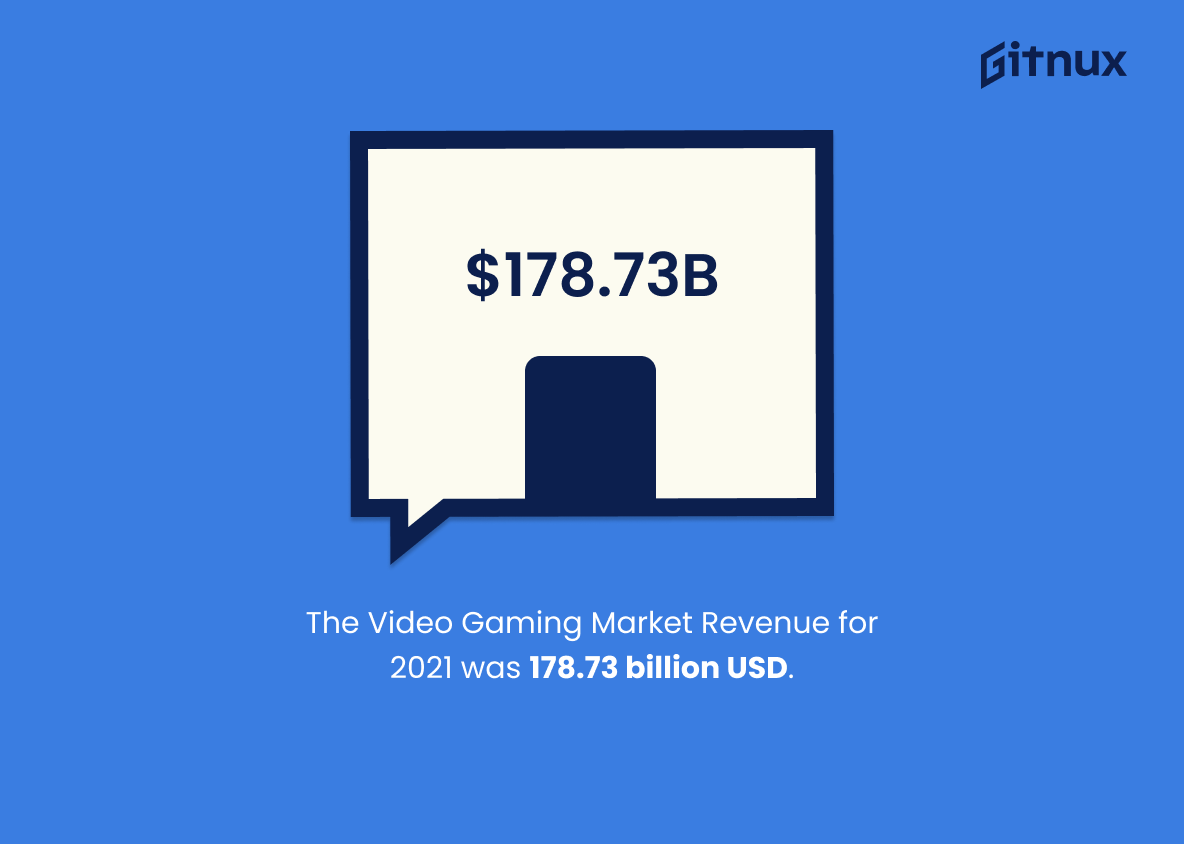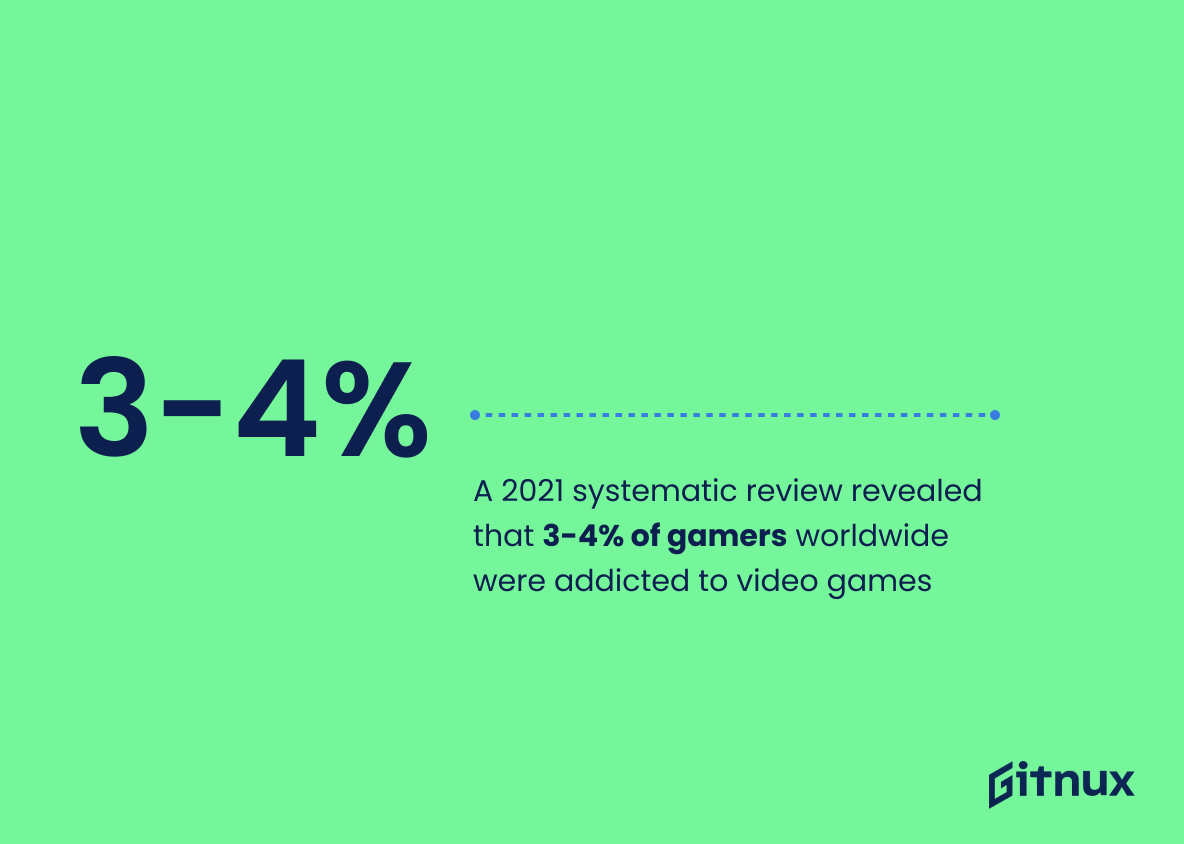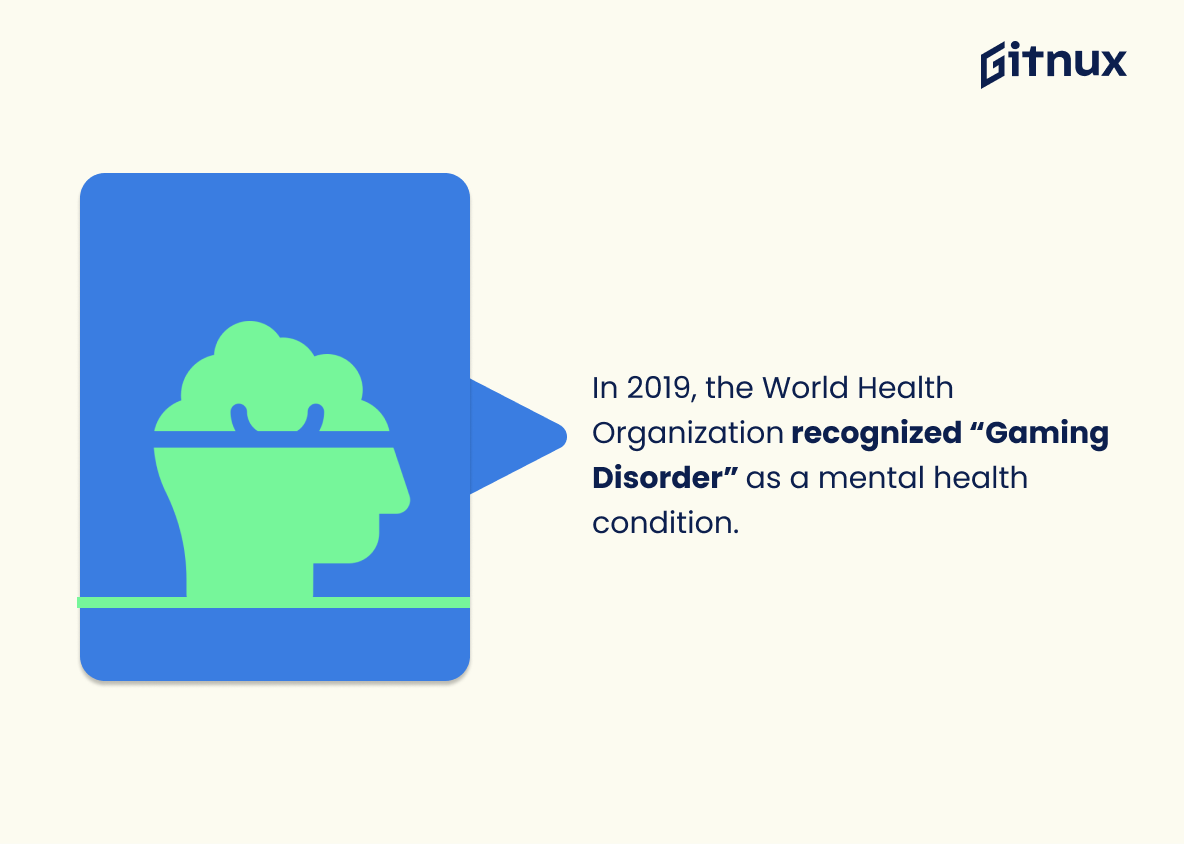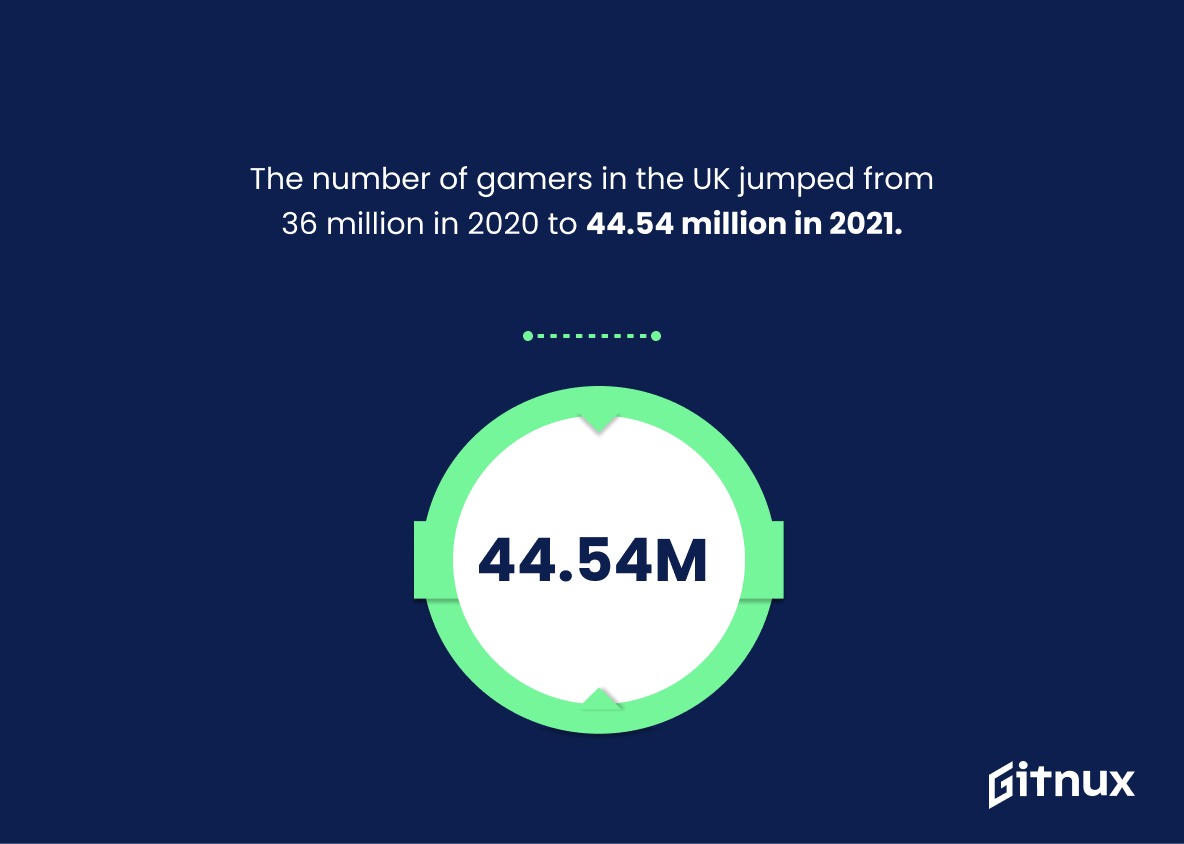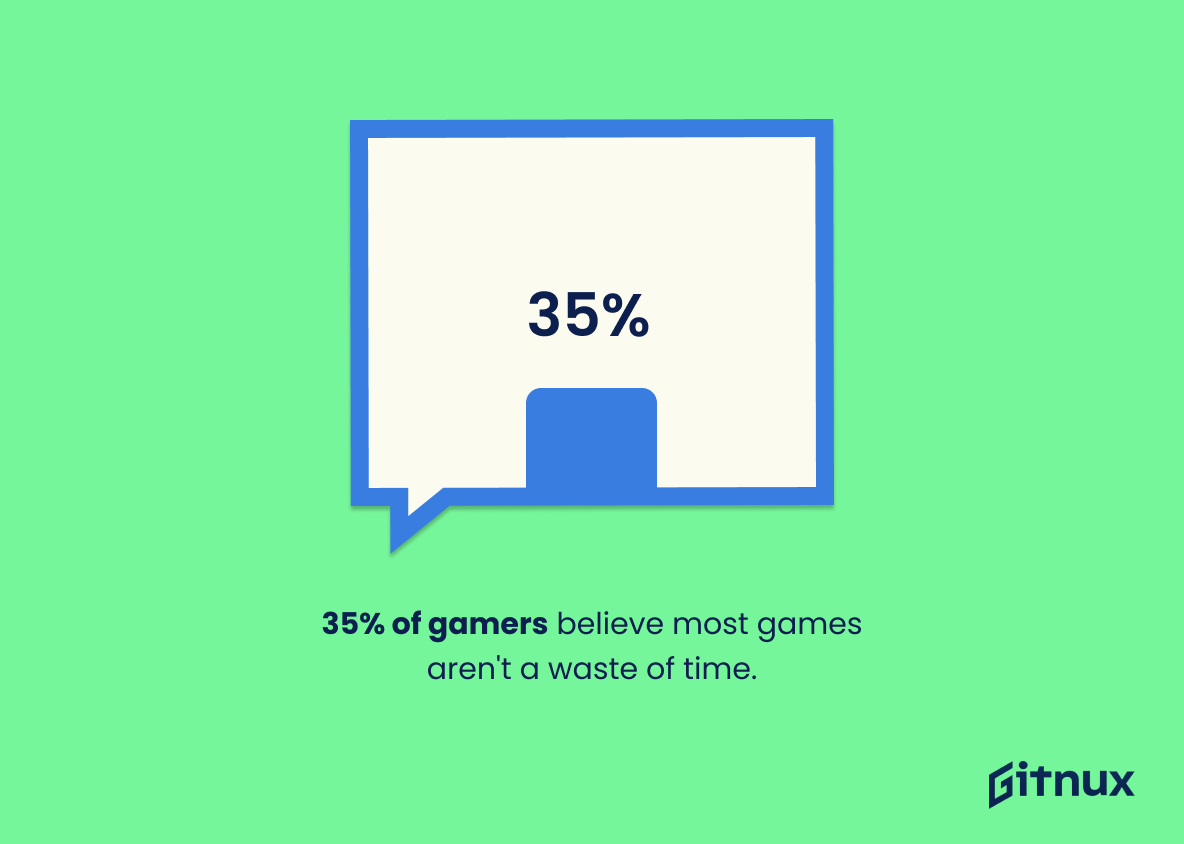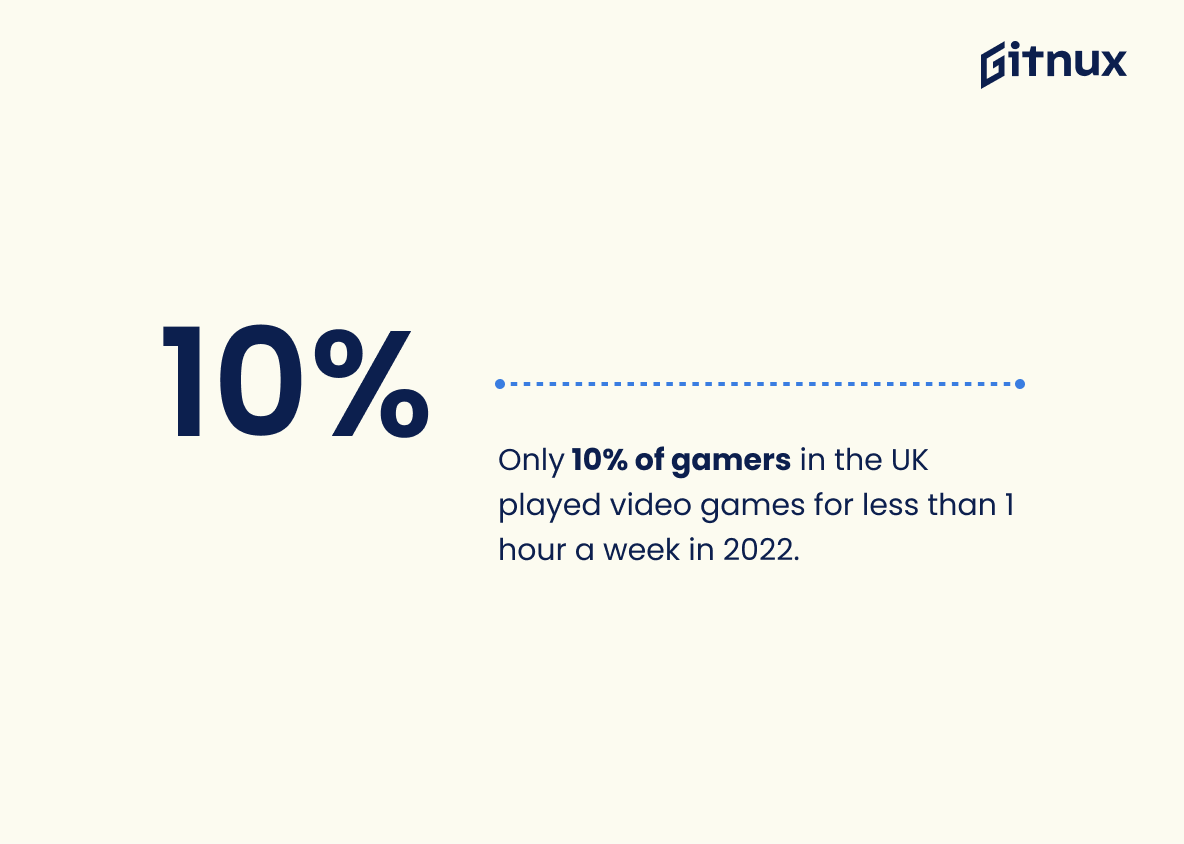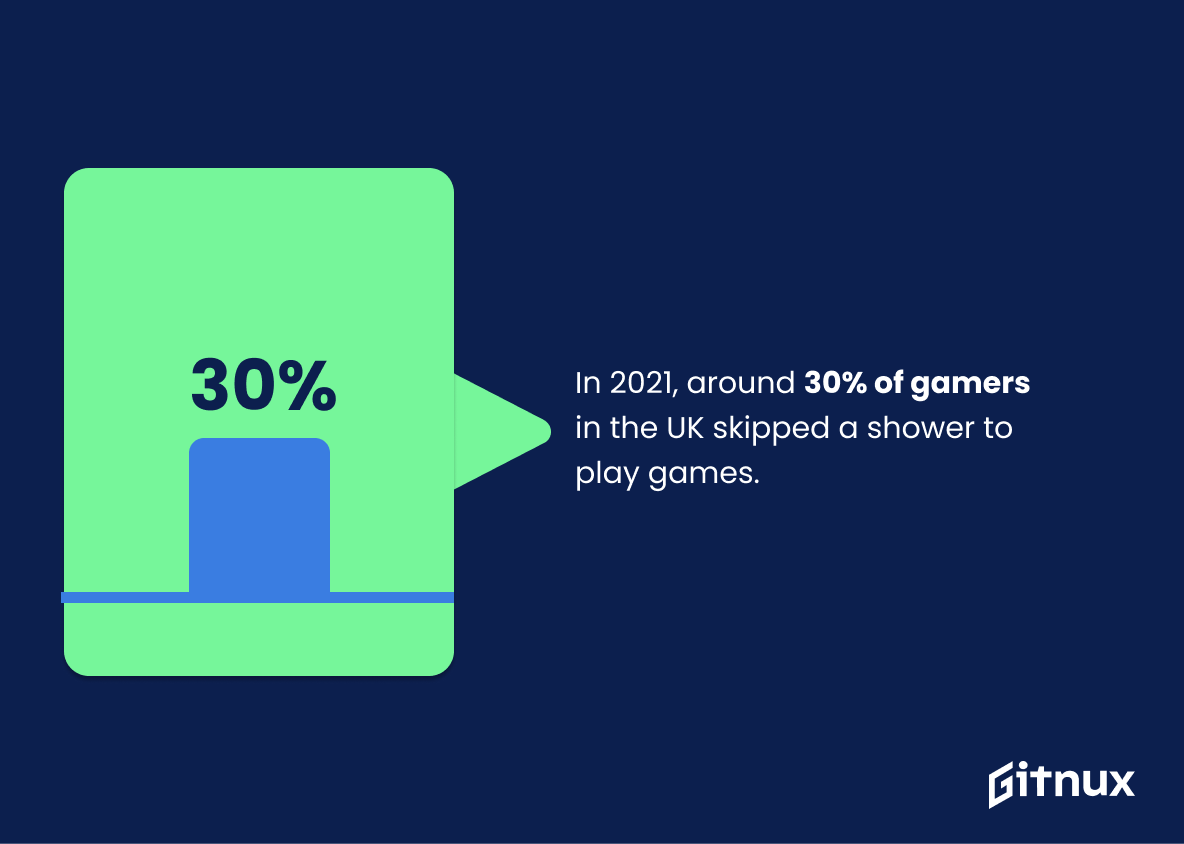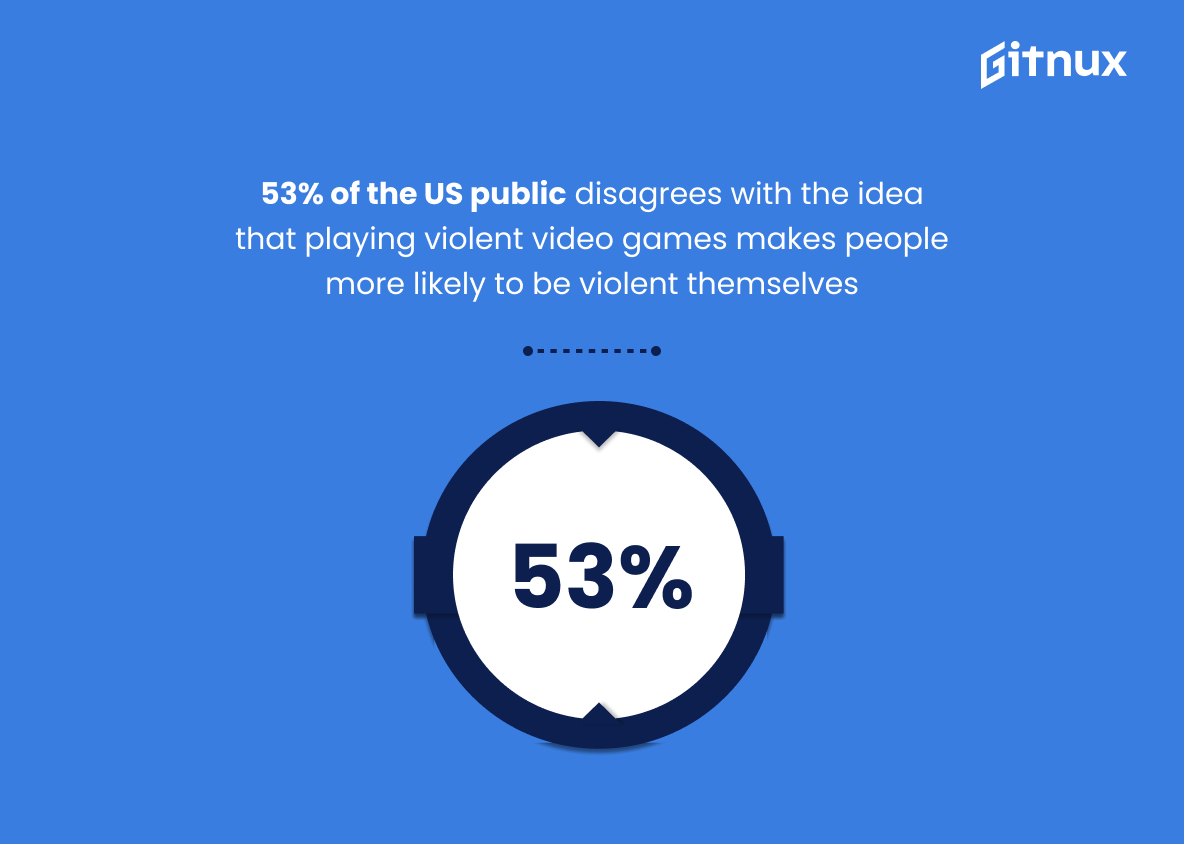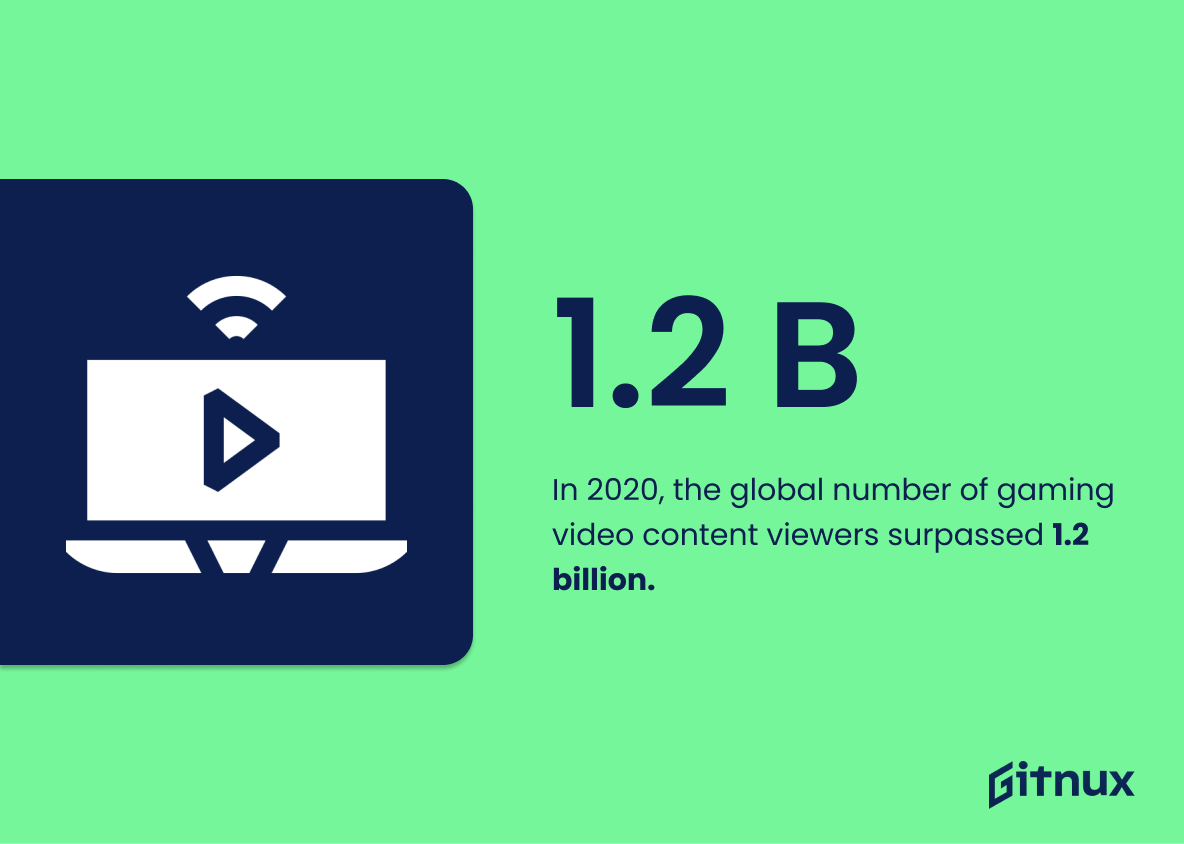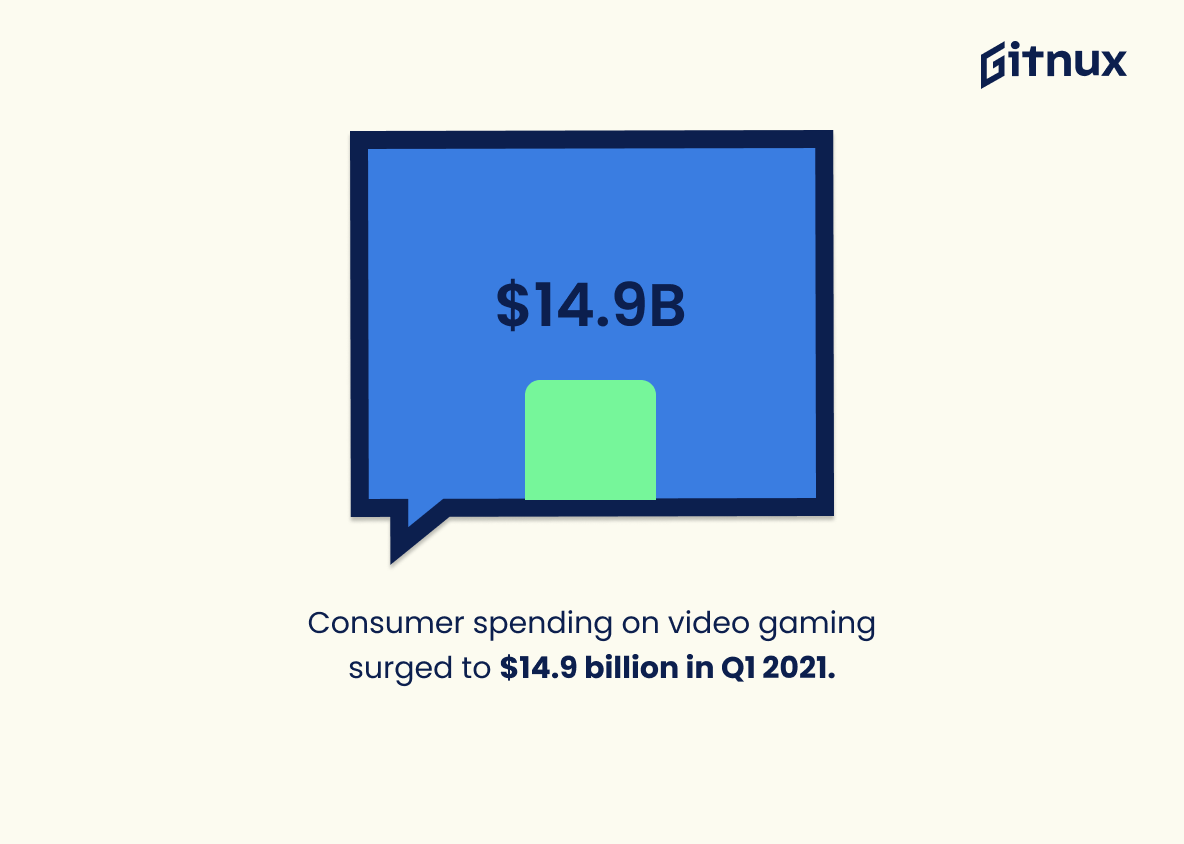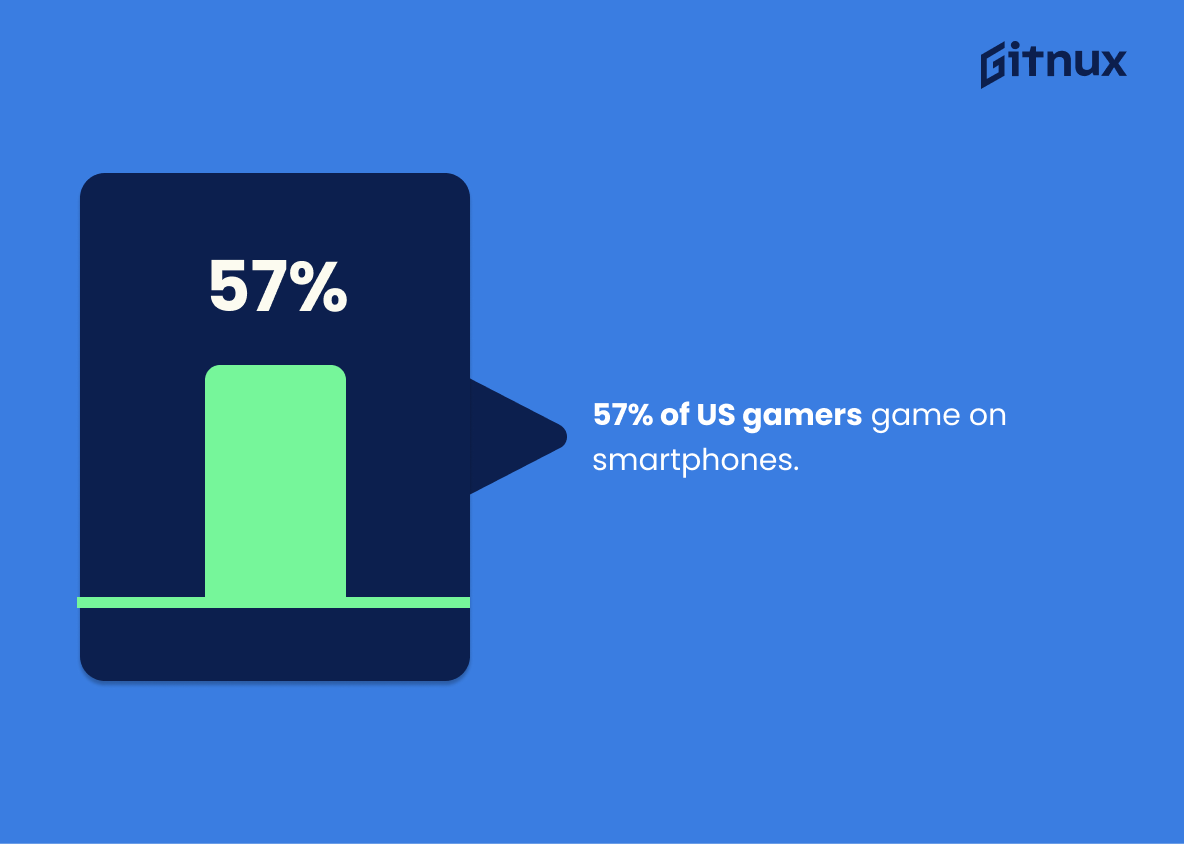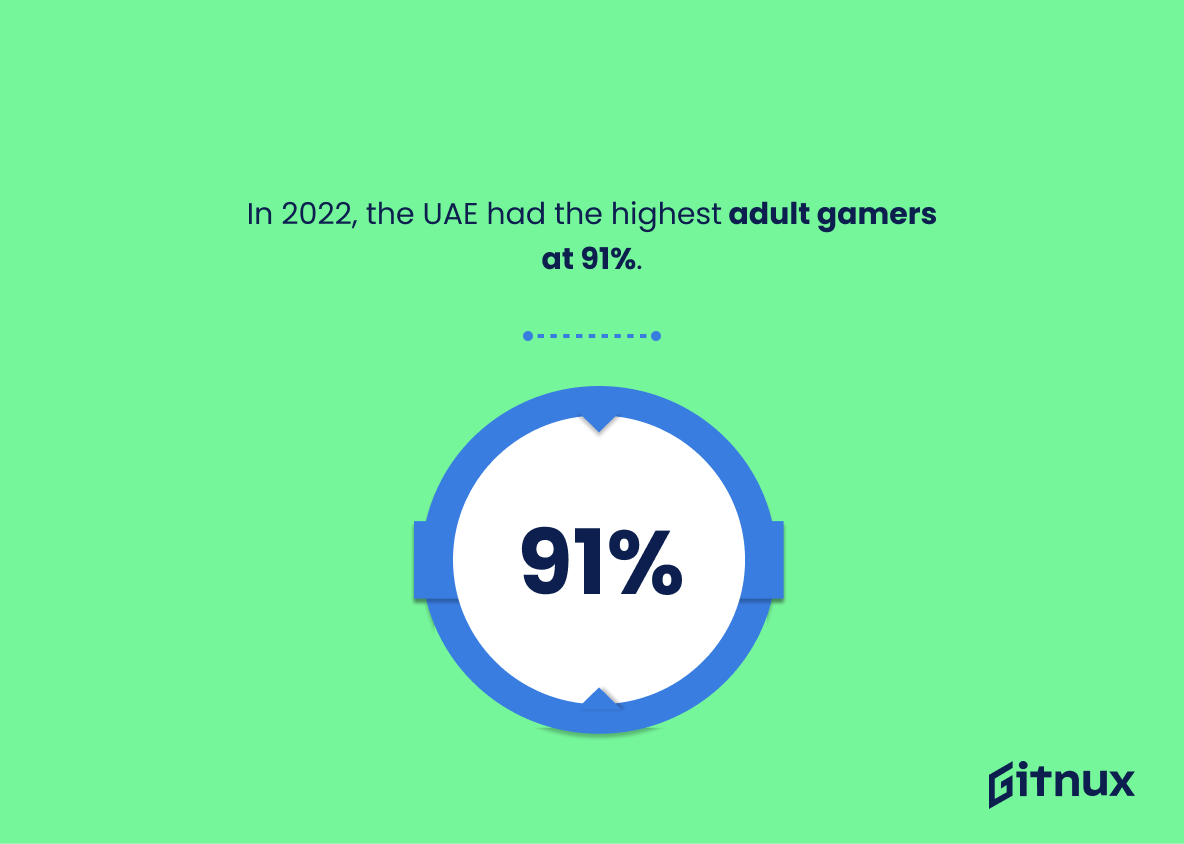Gaming addiction is a growing problem among people across the world, regardless of their age. As technology advances, people get more possibilities to access and play games. There are billions of gamers playing video games globally, which is driving the growth of the video gaming industry even more. People with gaming addiction often prioritize it over other important activities, such as sleeping, eating, socializing, etc.
It can lead to some serious mental and physical health issues, and can have a devastating impact on a person’s life. This is why it has become a real concern and a subject of a great many studies. In this article, we are going to explore this issue more closely and see some new gaming addiction statistics.
Gaming Addiction: The Most Important Statistics
The Video Gaming Market Revenue for 2021 was 178.73 billion USD. Recent forecasts are estimating that it will be worth $268 Billion by 2025.
In 2019, the World Health Organization recognized “Gaming Disorder” as a mental health condition.
In 2021, around 30% of gamers in the UK skipped a shower to play games.
General statistics
According to Statista, there are 3.24 billion gamers in the world today.
The Video Gaming Market Revenue for 2021 was 178.73 billion USD. Recent forecasts are estimating that it will be worth $268 Billion by 2025.
A 2021 systematic review revealed that 3-4% of gamers worldwide were addicted to video games, meaning that there can be as many as 60 million people or more suffering.
In 2019, the World Health Organization recognized “Gaming Disorder” as a mental health condition.
The number of gamers in the UK jumped from 36 million in 2020 to 44.54 million in 2021. Over 50% of the UK population enjoyed playing video games in 2020.
49% of American adults play video games, and 10% consider themselves gamers.
35% of those who play video games (and 53% of those who identify as gamers) think most games are not a waste of time. This compares with just 13% of those who do not play video games.
Only 10% of gamers in the UK played video games for less than 1 hour a week in 2022.
In 2021, around 30% of gamers in the UK skipped a shower to play games.
53% of the public in the US disagrees with the statement “people who play violent video games are more likely to be violent themselves”. But 40% agree that there is a relationship between video game violence and violent behavior.
In 2020, the global number of gaming video content viewers surpassed 1.2 billion, up from 944 million in 2019. The most popular streaming platform to watch gaming live streams is Twitch, followed by YouTube Gaming and Facebook Gaming.
Total industry consumer spending on video gaming reached 14.9 billion USD in the first quarter of 2021, up from 10.9 billion USD reported in the same quarter of the previous year.
Gaming hardware and accessories saw significant increases in sales in the first quarter of 2021. Hardware alone grew by a full 81% year-over-year, while accessories sales grew by 42%.
57% of US gamers game on smartphones. However, many users also game on tablets when playing casual titles — which, by the way, are the go-to for 71% of mobile gamers. 46% of players are console gamers. About 42% of US gamers play on PC.
According to the Statista Global Consumer Survey, the United Arab Emirates was the country with the highest number of adult gamers in 2022. 91% of residents said they gamed at least occasionally, with many fans of mobile gaming among them. (Statista) Countries in the developing world, aided by their younger demographics, produced more gamers. Nigeria, Indonesia, China, and Egypt reported the highest numbers of adults saying they played video games in the survey of around 40 countries.
The most popular games and genres
According to Delamere’s report, conducted in the UK, Social Simulation games are considered to be the most addictive, with 5.08% of reviews containing the word “addictive”. These are often open-ended games, which provide players with the freedom and control to do what they would rarely or never be able to achieve in real life, which is a highly addictive feature.
Next up was MOBA, which had 3.58% reviews stating the term ‘addictive’. Competitive and fast-paced, this genre scored even higher than MMORPGs – which racked up 0.82% of “addictive” reviews and came sixth on the list.
First-Person Shooter (0.75%) and Tactical Shooter (0.55%) came in at number seven and eight, respectively. When players shoot another during a game, their bodies release dopamine and serotonin, which will typically cause them to take pleasure from the act.
In 2021, the best-selling game in the UK was FIFA 22.
Fortnite had over 400 million players worldwide in 2021. In 2018, Fortnite Battle Royale was the leading cause of over 200 divorces in the UK.
Video game content sales reached $12.8 billion, with games such as “Among Us,” “Animal Crossing: New Horizons,” and “Call of Duty: Black Ops Cold War” listed as being among the best-selling and most-played games for the first quarter of 2021.
PlayerUnknown’s Battlegrounds (PUBG) has Steam’s highest all-time peak number of players, with 3,257,248 players. Lost Ark comes in second with 1,325,305 players, a significantly smaller number.
Minecraft has sold over 238 million copies as of April 2021. The game is available on a total of 22 platforms and now has up to 173 million monthly active players.
According to ESA, casual games are the most popular genre. While most casual games like solitaire or Tetris are usually made for single-player PC gaming, many of them have an online play capability or another kind of multiplayer gameplay. With 63% of gamers playing casual games regularly, this is the most popular genre in the video game market.
The most game-addicted age groups and genders
Delamere informs that the 25-34-year-olds are the most susceptible, with 147,577 estimated to suffer from gaming addiction within this age demographic in the UK. Meanwhile, the 16-24 age group have an estimated 129,980 suffering from this addiction. 35-44-year-olds had an estimated 129,134 addicted gamers, which is very similar to the previous group.
A nearly identical share of men and women report playing video games (50% of men and 48% of women). But the majority of American adults (60%) believe that most people who play video games are men – a view that is shared by 57% of women who themselves play video games.
The online gamer gender gap is very small. According to ESA 2021 report, 55% of gamers identify as male, whereas 45% identify as female.
Another study revealed, that the youngest age group are more likely to belong to the addicted group than the middle age (2.9 times more likely) and the oldest age group (4 times more likely). Moreover, respondents in the youngest age group were more likely to belong to the group of problem gamers than the oldest age group (4.2 times more likely). Moreover, 97 % of Americans aged 12–17 years play video games.
According to 71% of parents, video games have provided the needed break for their children during the Covid-19 lockdown.
64% of U.S. adults and 70% of those under 18 regularly play video games. 35-44 years is the average age range of a video game player.
According to the Newzoo generations report, 77% of Millennials and 81% of Gen Z play video games. Gen Z gamers spend an average of 7 hours and 20 minutes per week playing video games, while Millennials spend 6 hours and 50 minutes.
Supplementary Statistics
Approximately 1.6 billion people in the world are addicted to gaming.
This highlights the sheer magnitude of the problem, and serves as a call to action for those who are in a position to help those affected by this issue. It is a powerful reminder that gaming addiction is a real and serious issue that needs to be addressed.
In a WHO study, around 3% to 4% of gamers are addicted to gaming.
It is important to consider when discussing gaming addiction, as it provides a benchmark for understanding the magnitude of the problem. Furthermore, it can be used to inform policy decisions and help direct resources to those who need it most.
The majority of gaming addicts are male and range from 18 to 30 years old.
Thus, it is necessary to be aware of this demographic so that appropriate measures can be taken to help those who are at risk of developing a gaming addiction. Additionally, this statistic can be used to inform public health initiatives and research into gaming addiction.
9% of gamers in the United States are classified as having gaming addiction.
This serves as a warning that gaming addiction is a real issue that needs to be addressed, and that it affects a significant portion of the gaming population. It is a call to action for those who are concerned about the effects of gaming addiction and the need to provide support and resources to those affected.
Gaming addicts tend to play 24 hours a week on average.
Gaming addicts are not just playing a few hours a week, but rather dedicating an entire day to gaming. This is a clear indication that gaming addiction is a serious issue that needs to be addressed.
Internet gaming disorder affects an estimated 9% of gamers within the first 6 months of college.
This highlights the need for awareness and prevention of gaming addiction among college students, as well as the need for support and resources for those who may be struggling with gaming addiction.
Massive Multiplayer Online games (MMOs) have a higher potential for addiction, with 41.9% of players being addicted.
A study shows that 23.7% of people in South Korea who enjoy online gaming are considered addicts.
It demonstrates the need for greater awareness and understanding of the issue, as well as the need for more effective prevention and treatment strategies. It also serves as a warning to other countries that may be facing similar issues, and encourages them to take steps to address the problem.
Gaming disorder occurs in an estimated 1.4% of the adult population in Australia.
Thus, gaming addiction is a real issue that affects a significant portion of the adult population, and should not be taken lightly. It serves as a call to action for those who may be affected by gaming addiction, as well as for those who may be in a position to help them.
10-15% of gamers in the United Kingdom exhibit signs of gaming addiction.
This serves as a warning to parents and guardians to be vigilant in monitoring their children’s gaming habits and to be aware of the signs of gaming addiction.
In one study, 12% of children and adolescents in Norway were identified as having gaming addiction.
A study found a higher danger of gaming addiction among students with ADHD, who have a 10.7% gaming addiction rate.
It foregrounds the need for greater awareness and understanding of the dangers of gaming addiction, particularly among those with ADHD, in order to ensure that appropriate measures are taken to protect them from the potential harms of excessive gaming.
Around 94% of gaming addicts in a Malaysian sample are male.
There is a need for more research into the causes of gaming addiction in males, as well as the need for tailored interventions to address the issue. It also serves as a warning to parents and guardians to be aware of the potential for gaming addiction in their sons, and to take steps to prevent it.
In a survey of students in Germany, 15.6% were found to have gaming addiction.
Gaming addiction is a real issue that needs to be addressed, and that it is not just a problem among adults. It can affect people of all ages, and that it is important to be aware of the signs and symptoms of gaming addiction in order to prevent it from becoming a problem.
A study in the Philippines found that 9.1-13.6% of high school students were addicted to gaming.
Conclusion
The latest numbers clearly show us that gaming addiction is a major global problem, and we need to pay attention to it. The number of people affected by it will continue to grow due to the popularity of online gaming and the increasing accessibility of gaming platforms. For addressing gaming addiction, you must know and understand its warning signs. It can be increasing gaming time, trouble focusing on other tasks, and withdrawal symptoms while not gaming. With the right support and resources, this addiction can be successfully handled.
References:
DataProt: “Gamer Demographics: Facts and Stats About the Most Popular Hobby in the World”, cited in January 2023 (Source)
WePC: “Video Game Industry Statistics, Trends and Data In 2023” cited in January 2023 (Source)
Delamere: “Gaming Addiction Report 2022”, cited in January 2023 (Source)
Game Quitters: “Video Game Addiction Statistics 2022 – How Many Addicted Gamers Are There?” cited in January 2023 (Source)
CyberCrew: “Video Gaming Addiction Statistics UK [2022]” cited in January 2023 (Source)
Pew Research Center: “Gaming and Gamers”, cited in January 2023 (Source)
Statista: “COVID-19 impact on the gaming industry worldwide – Statistics & Facts”, cited in January 2023 (Source)
Marketing charts: “Q1 Consumer Spending on Videogames Up 30% Y-O-Y”, cited in January 2023 (Source)
Cloudwards: “23 Video Game and Online Gaming Statistics, Facts & Trends for 2023”, cited in January 2023 (Source)
Statista: “Where Video Games Are Popular Among Adults”, cited in January 2023 (Source)
Steam Charts: “Steam Charts by SteamDB”, cited in January 2023 (Source)
ESA: “2020 Essential Facts About the Video Game Industry”, cited in January 2023 (Source)
National Library of Medicine: “Prevalence and Predictors of Video Game Addiction: A Study Based on a National Representative Sample of Gamers”, cited in January 2023 (Source)
Newzoo: “80% of Gen Z and Millennial Consumers Play Games”, cited in January 2023 (Source)
ZipDo, cited June 2023: Gaming Addiction Statistics

